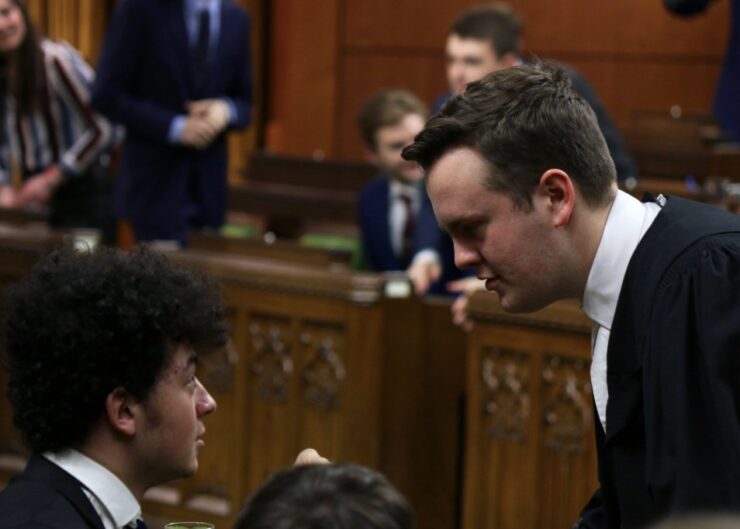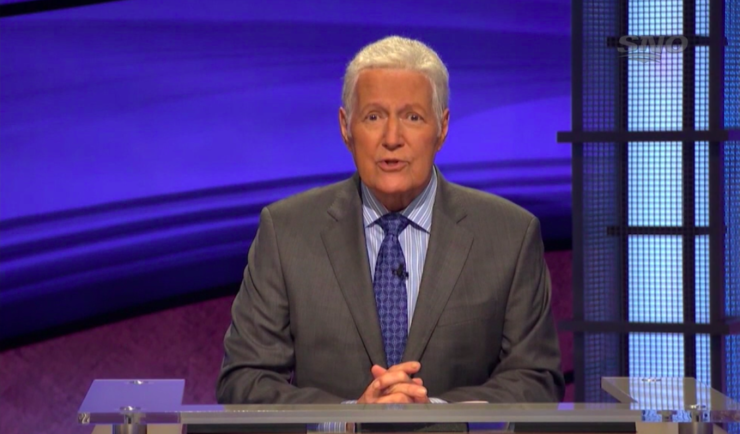Sports Services’ lackluster promotion of clubs hurts their competitiveness
A few weeks ago, I was live-tweeting the Women’s basketball Ontario University Athletics (OUA) finals and tweeted out a seemingly innocent tweet about the numerous Gee-Gees teams having won OUA’s this year. Little did I know that I, the Fulcrum’s associate sports editor — who’s supposed to know pretty much anything about campus teams — would totally ignore a varsity clubs championship.
So that got me thinking… why is it that clubs receive so much less attention and coverage on campus than varsity teams?
After all, they are composed of athletes that are as passionate and as competitive in their own respective sports as varsity athletes.
Already receiving way less funding then varsity teams, clubs must often rely on alternate sources of funding to keep afloat as the levy from Sports Services doesn’t suffice. With that said, Gee-Gees sport clubs receive a certain amount of money from the student federation (to be determined come this fall…) but must mostly rely on fundraisers and private sponsors.
Competitive clubs rely on capable individuals who volunteer their time to fundraise just to put a team on the field. These same individuals often coach and invest lots of time in making their club as competitive as possible, and not being recognized by sports services and campus media is an absolute farce.
I’ll be the first one to admit that our coverage at the Fulcrum of sports clubs has been lackluster. We have at times written the odd story on the Nordiq ski club or the men’s rugby team, but for the most part, we have been oblivious to sports clubs on campus and I take full responsibility for that.
However, our lack of attention for U of O varsity and competitive clubs can also be attributed to the fact that Sport Services does zero promotion for its clubs. On the new Gee-Gees website, all competitive clubs are restricted to one page where basic information such as tryout, historical championships, and coaches’ email addresses are shown. Meanwhile, varsity teams have rosters with headshots, stats, coaches, schedules and results.
Furthermore, most Gee-Gees teams have social media accounts that are professionally run by public relations staff who run varsity teams’ Twitter accounts as if they’re NHL or NBA teams. Clubs have none of that, in fact, the Gee-Gees general social media account — which usually promotes most varsity games, regardless of their importance — does not post anything on their account about clubs even if said clubs are in OUA finals or other important games.
This impedes competitive and varsity clubs since students usually find out about big campus events through Gee-Gees social media accounts. Therefore, most of their seats are empty and they miss out on potential revenue from ticket sales.
I umpired the Gee-Gees baseball team multiple times this season at the Raymond Chabot Grant Thornton stadium, and I would amuse myself between innings by counting the blue empty seats and trying to figure out exactly how many seats there are in the stadium.
10,332. It’s 10,332.





